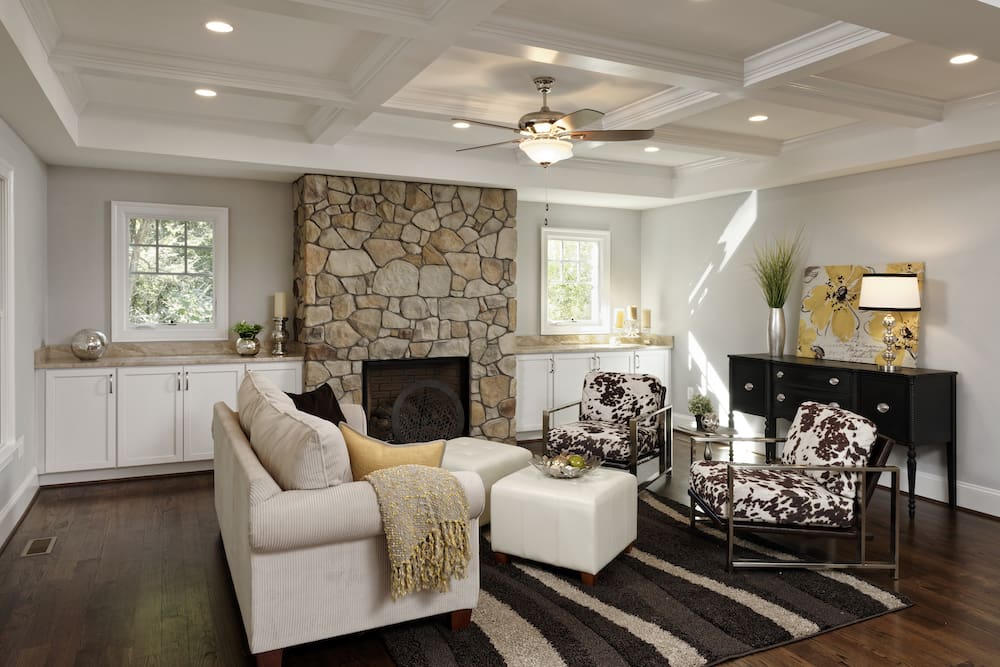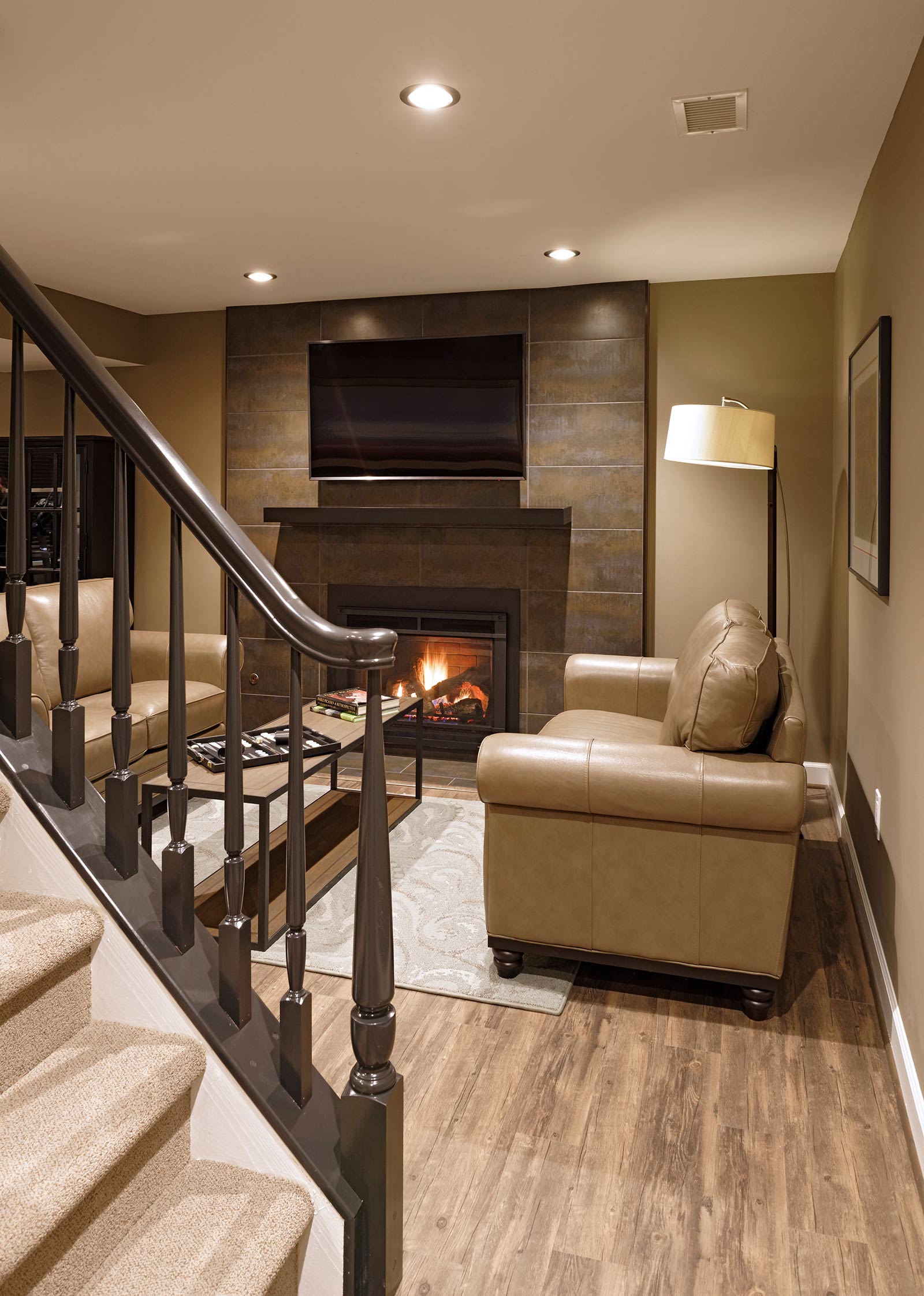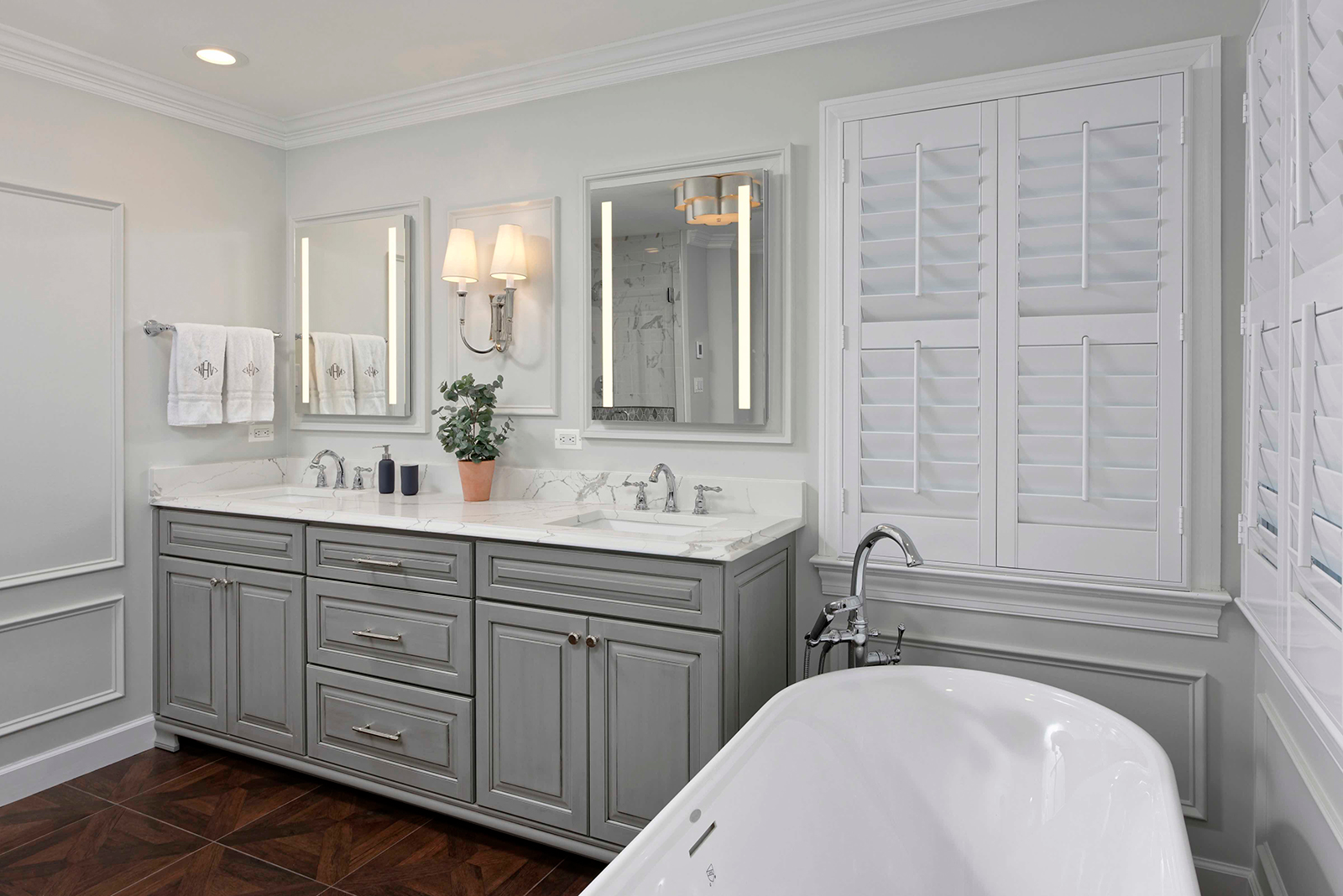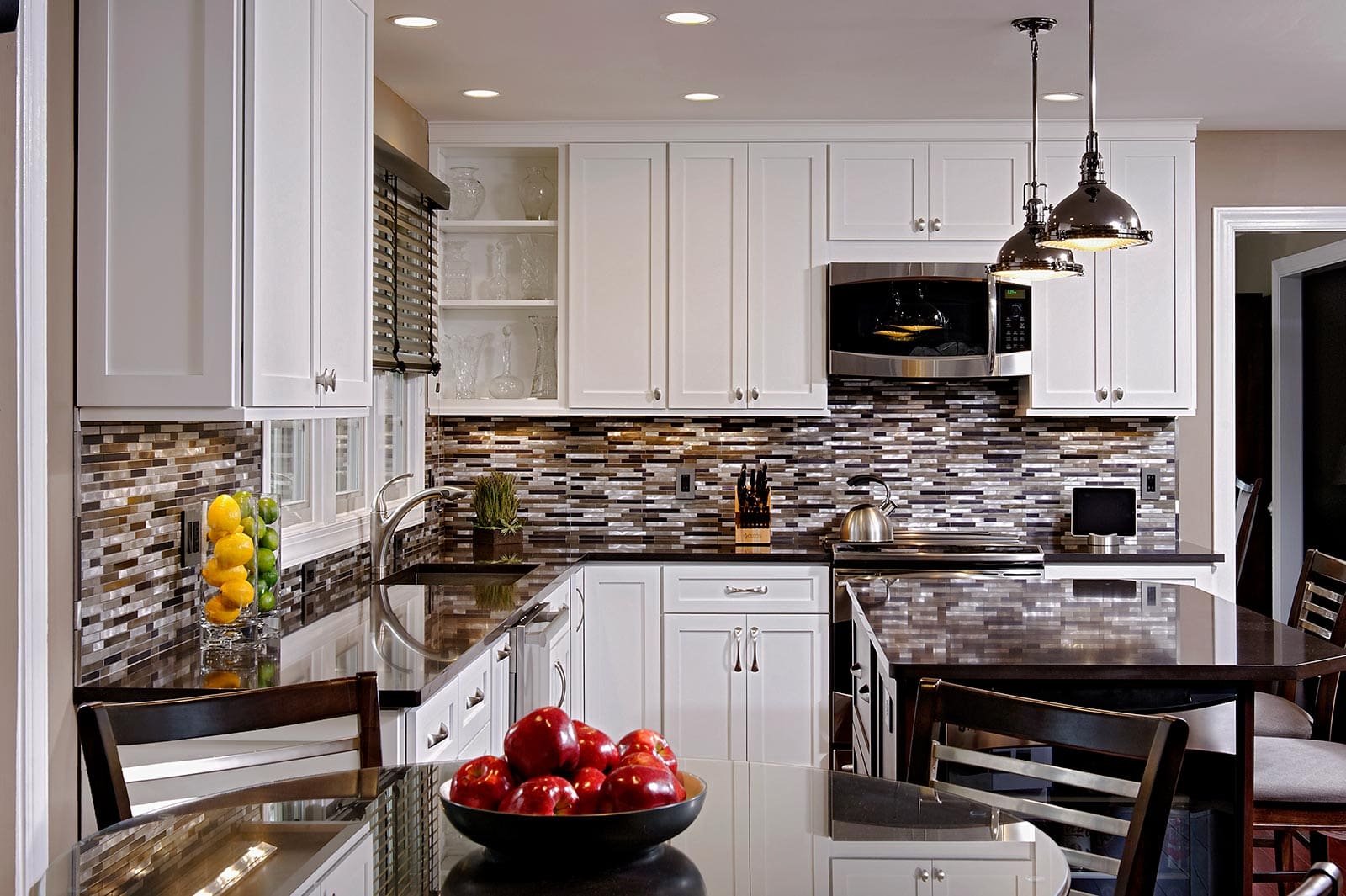
7 Key Aspects of Wellness Design
7 Key Aspects of Wellness Design
Welcome,
This post is the first in a series about the growing trend of Wellness Design in your home. Although Wellness Design has traditionally been reserved for commercial spaces it’s becoming increasingly more popular in residential spaces given both the growing trend of self care and the amount of time Americans are spending in their homes.
This series starts off with the 7 key aspects of Wellness Design as described by the American Institute of Architects and I’ll be referring back to these 7 points throughout the series.
What exactly is Wellness Design?
The American Institute of Architects poses this question when considering Wellness Design, “How does the design promote the health of the occupants?” Let that sink in a minute.
Although this trend has been steadily growing over the last 5 years this year in particular has really got people thinking about their health and wellness. So now that you’ve had ample time to sit at home and pick apart every little thing you can’t believe you never noticed before I want you to stop and think about this for a minute. “How does the design of my home promote the health of my family?”
More Than Just a Pretty Face
It’s easy to look at a space and say that you want to change it because it’s outdated or no longer meeting your needs as a family. However, in this series I’ll be challenging you to take a deeper look into your space. I’m asking you to look at more than just aesthetics and utilization.
I want you to look at what the different components of your space are made out of. I want you to take a deep breath and I want you to think about how you feel physically inside your home, not just mentally. Do you have quick and easy access to fresh, clean, filtered water? What about vegetables and healthy snacks? If you are quarantined in your home, do you have a place to exercise? These are all things addressed when someone decides they want their home designed to be more than just a pretty space but for their health and wellness too.
Lighting, Natural and Artificial
- Does your space offer ample natural light?
- Consider Task lighting, this helps conserve energy as well.
- Are there shrubs outside blocking the light from coming inside through your windows?
- Daylight needs light smooth surfaces, too many dark interior surfaces will make a space feel dark regardless of how much light you have. Think about that when choosing new flooring and paint colors.

Thermal Comfort
- Basements are usually cold and damp feeling. Where as lofts or upper bedrooms can feel hot and humid. How does your space feel to you?
- If you find that your space is typically very cold and you’re replacing the carpet with a hard surface consider heated flooring for year-round comfort.
- Are all the windows in your space operable? Some older homes have them sealed shut. People usually feel more comfortable in a space with windows they can control.
- The six factors of thermal comfort are; air temperature, humidity, mean radiant environment, metabolic rate, air movement, and clothing. It’s important to think about all six of them when you’re considering the comfort of a space.
- Your home may need a secondary AC unit or to have your current one divided if you find the temperature isn’t balanced throughout your home. Are your bottom floors freezing and your top floors uncomfortably hot? Consider having a specialist come in and take a look at the efficiency of your unit and how it’s divided in your home.
- Where you have the opportunity to install one, consider a ceiling fan. They not only help cool a space but help with indoor air quality.

Indoor Air Quality
- Contaminants tracked inside on people’s shoes contribute to most air pollution. Consider having people take off their shoes before entering a space.
- Because contaminants can cling to carpets and then be released back into the air when they’re disturbed, having a hard surface that’s easy to keep clean is best for better air quality.
- Material off-gassing is something to think about as well. Consider purchasing no VOC products when it comes to paints and adhesives. They release those chemicals as they age.
- Cleaning products and chemicals should be kept in a room with single pass ventilation.
- Ceiling fans help keep air flowing and moving around a space without becoming stagnant.

Happiness
- “Good health is a great indicator of happiness. Strategies that promote human health, such as providing nutritious food and opportunities for exercise, will promote happiness as well.
- Self-actualization is the realization and fulfillment of an individual’s feeling of self-purpose. This takes place in the form of intense concentration and creativity, and is often described by athletes, artists, and musicians as being 100 percent engaged in a task for an extended period of time. Achieving self-actualization requires an environment free of nuisances and distractions (glare, disrupting noises, thermal discomfort, poor air quality, etc.).” www.aia.org
Biophillia & Connection to Nature
- “Incorporating biophillic design into projects has a direct and measurable impact on occupant health and well-being. To be successful, biophilic design should create an authentic connection to nature.” www.aia.org
- Try to bring in more houseplants or artwork made from natural materials. Even large-scale photographs of nature can help people feel more connected to it in a space.

Acoustics
- Have you ever been trying to read and heard your kids playing video games in the background? Loud shooting noises and screaming sports games aren’t exactly the most conducive sounds to read too. Try to pick a space where video games and loud sporting events or movies will be played and optimize it so that the sounds don’t travel throughout the home. This can be done with different insulation, drywall, or wall treatments to help reduce the sound travel.
- If you live near a busy street and hear traffic when you’re trying to sleep or relax something to consider is new windows or window coverings. Different brands are coming out with new noise reducing solutions every day. Sleep is imperative to good health so this is definitely worth looking in too.
Food, Movement, and Exercise
- Look for ways to incorporate fresh food into your home. Whether it’s with a small raised bed garden or potted fruits, vegetables, or herbs. There are also ways to grow these things indoors now.
- Make healthy choices look desirable. Store food in clean crisp containers making it a more obvious and tasty choice.
- Minimalism, “The spaces we occupy influence our state of mind, and kitchens that are cluttered, cramped, and dreary can leave us feeling the same.” Global Wellness Summit
- Check your kitchens design, is it easy for everyone to gather and socialize in the space? Is it open, do you have an island? These are all things to consider if you’re starting to think about a kitchen remodel.
- Do you have a home gym? If you do does it encourage people to use it or is it tucked away and hidden? Here you can read about my journey into making my basement a healthier space with a more inviting home gym.

Coming up in the Wellness Design Series-
This series will start in the basement and work its way up to the attic space of your home so keep your eyes peeled for our next post! If you have any questions about how you might be able to incorporate Wellness Design into your home please feel free to contact us via email or phone and we’d be happy to talk with you about making your home a healthier space to live.
